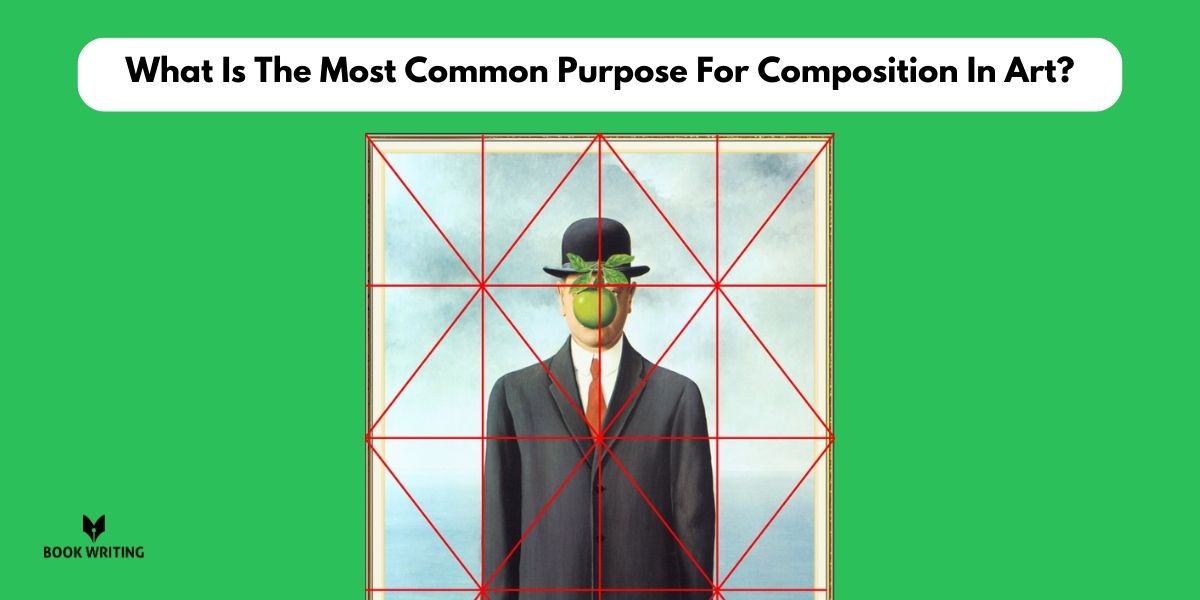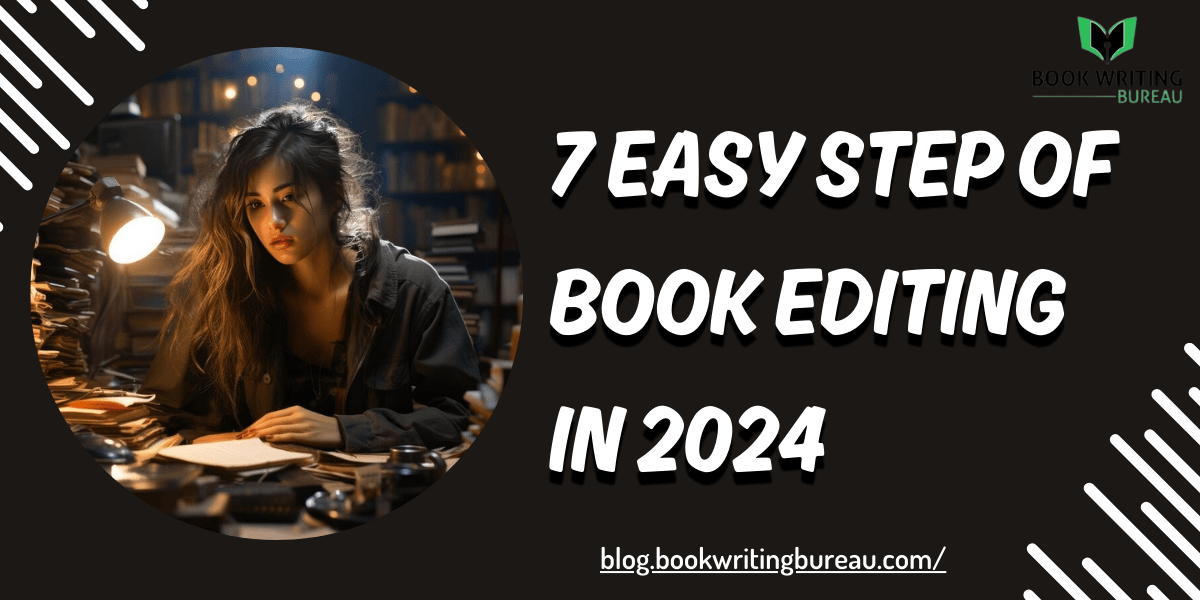
Art
Question: What Is The Most Common Purpose For Composition In Art?
Answer: The most common purpose for composition in art is that It provides an understanding of, and agreement among, all the elements.
Art, a universal language that transcends boundaries, has been integral to human culture for centuries. Whether it is a painting, sculpture, or any other form, the purpose for composition in art plays a vital role. The purpose of composition in art is to give art life and meaning.
Artists use composition to effectively convey their messages, emotions, and ideas. The next time you look at a painting, remember it’s not just colors on a canvas; it is a carefully composed masterpiece, speaking a language only the heart can truly understand. If you’re considering bringing your artwork to life, don’t forget to explore affordable book printing services to share your creations with the world.
A Closer Look at the Purpose of Composition in Art:
Composition plays a vital role in art, serving as the foundation upon which a piece is developed. It refers to the arrangement and organization of visual elements within a work, including lines, shapes, colors, textures, and space.
The purpose of composition in art, including “What is an Epigraph” extends beyond mere aesthetics. It is an essential tool that artists use to convey meaning, evoke emotions, and capture the viewer’s interest.
Below are the major factors that directly impact the composition purpose:
A World of Unspoken Narratives:
Silence speaks volumes. Armed with brushes and palettes, artists become storytellers, painting not just with colors but with emotions and tales waiting to be discovered.
Through composition, they create a world where the ordinary becomes extraordinary, everyday objects transform into symbols, and characters come alive in the theatre of the canvas.
Characters in Frozen Gestures
Portraits, frozen in time, capture the essence of individuals without uttering a syllable. Through the positioning of a hand, the tilt of a head, or the sparkle in the eyes, artists and an expert book cover designer work on it.
The composition becomes a silent dialogue between the observer and the painted soul. In a portrait, a smile can convey joy, eyes can express longing, and wrinkles can tell stories of wisdom earned through the passage of years.
Creating Visual Harmony and Balance
One of the primary purposes of composition in art is to create visual harmony and balance. Artists carefully arrange the various elements in a way that is pleasing to the eye, ensuring that the different parts of the artwork work together harmoniously.
This involves symmetry, asymmetry, and the placement of objects or forms within the composition.
Visual balance is achieved by distributing visual weight across the composition through symmetrical or asymmetrical arrangements. Symmetrical compositions, favored by many digital illustrators, have a balance of elements on either side of an imaginary vertical axis, creating a sense of stability and order.
On the other hand, asymmetrical compositions achieve balance by placing differently weighted elements in a way that still achieves visual equilibrium.
Conveying Emotions and Expressing Ideas
The purpose of composition in art is to serve as a powerful tool for conveying emotions and expressing ideas. Artists manipulate the composition to evoke specific feelings in the viewer, whether it be joy, sadness, tranquility, or excitement.
Through the placement of elements, color and texture, and the overall arrangement, artists can create a visual language that communicates their intended message.
It can also express abstract concepts, tell stories, or depict narratives. Artists may use symbolism, juxtaposition, or spatial relationships within the composition to convey deeper meanings or explore complex concepts.
The deliberate arrangement of elements in the composition can evoke a narrative and invite the viewer to interpret the artwork from their perspective.
Guiding the Viewer’s Eye and Focal Points:
It leads the viewer’s eye through a piece of art, taking them on a trip that the artist has carefully planned. Artists can direct and control the viewer’s eyes as they place things in an arrangement and change lines, shapes, and colors.
Setting up a focus point, or center of interest, that draws the viewer’s attention is an important part of the design when you’re looking to design a book spine. You can make the main point stand out by placing things differently from it, using color intensity, or putting more stress on something.
It’s like a visual anchor that draws the viewer in and makes them want to look at the rest of the art.
Creating Visual Interest and Aesthetic Pleasure
Composition contributes to the overall visual interest and aesthetic pleasure of an artwork. It engages the viewer’s senses and captivates their attention, making the artwork visually intriguing and compelling.
By skillfully arranging elements within the composition, artists create a dynamic and engaging visual experience that enthralls the viewer.
Artists employ various techniques and principles of composition to create interest, such as contrast, repetition, rhythm, and the manipulation of scale and proportion.
For example, different comic book artist techniques add depth, movement, and texture to the composition, enhancing the visual impact of the artwork.
Telling Stories Without Words
Consider a still-life painting: a table adorned with fruits, a vase of flowers, and a weathered book. In this seemingly simple arrangement, there lies a story. The objects’ choice, placement, and interplay of light and shadow provide subtle hints. When you are collating meaning printer, it is akin to deciphering the narrative woven into these artistic elements.
The ripe fruits might symbolize abundance, the blooming flowers – beauty and transience, and the aged book – wisdom and time. The composition whispers a tale of life’s fleeting moments without a spoken word. This speaks about the purpose of composition in art.
Unity in Diversity
Art, in all its forms, bridges cultures, languages, and backgrounds. Whether a painting from ancient China or a contemporary African sculpture, composition is a universal language. It unites us, allowing us to appreciate diverse cultures and experiences.
Similarly, when we appreciate Chinese calligraphy or a Persian carpet, we are not just admiring the craftsmanship; we are acknowledging the heritage and stories of another culture. Understanding and respecting these differences enrich our perspectives and contribute to a world where acceptance and harmony thrive.
It reminds us that, despite our differences, we share a common thread of creativity and expression.
FAQs:
Is there a standard composition technique used by AI-powered book cover generators?
An AI-powered book cover generator often employs various composition techniques, adapting to different genres and styles. While there isn’t a rigid standard, these tools use intelligent algorithms to arrange elements cohesively, ensuring professional-looking book covers. Users can often customize compositions based on their preferences and the book’s theme.
Can you explain how composition plays a role in the work of children’s book illustrators?
No one wants children’s book illustrators for hire without knowing their expertise. Utilizing composition to arrange characters, backgrounds, and other elements within the illustrations matters the most. Effective composition ensures the visual narrative flows seamlessly, helping children understand the story’s progression.
Conclusion:
Art challenges us to expand our horizons. The most common purpose of composition in art is to create a visually appealing and harmonious arrangement of elements that engages the viewer’s senses and communicates a message or idea.
Composition guides the viewer’s eye, establishes focal points, conveys emotions, and creates aesthetic pleasure. Through careful consideration and manipulation of composition, artists can create impactful and meaningful artworks that resonate with the viewer.



